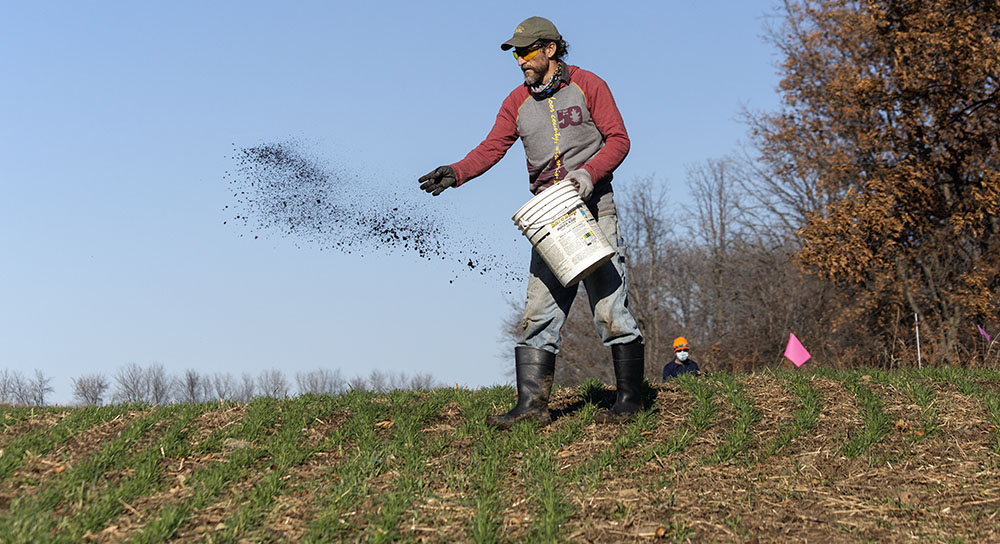
Prairie Seeding Honors Ancestors at Buffalo Speaks Reserve
January 19, 2021 | Topics: Places
By Martha Bergland and Jim Uhrinak
With photographs by Eddee Daniel
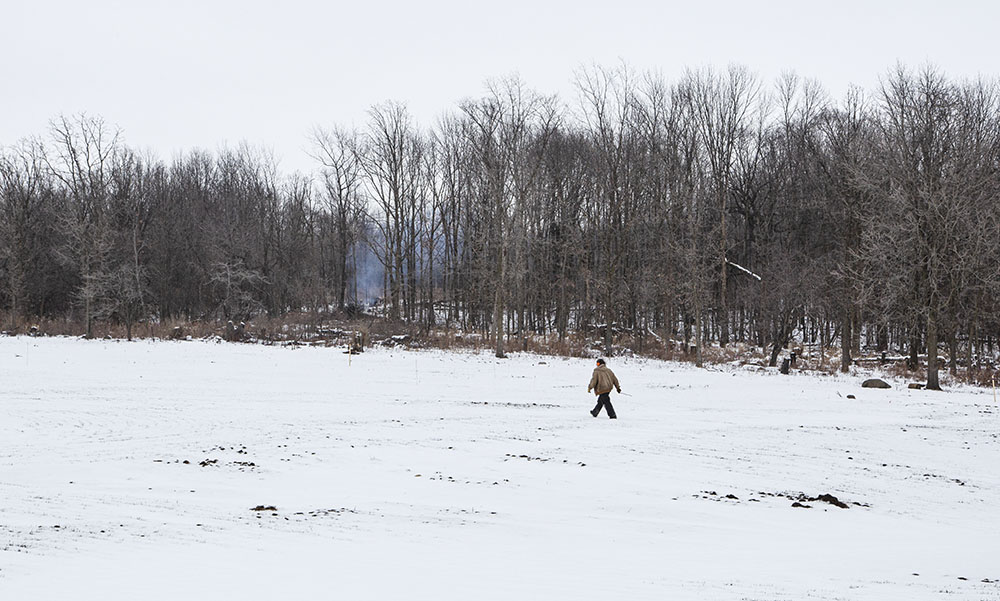
In January Milwaukee Audubon Society’s field just north of the Kolterman Indian mound site is asleep beneath a protective blanket of snow. Beneath this snow is a profound history. And beneath the snow are seeds that were sown on November 21, 2020.
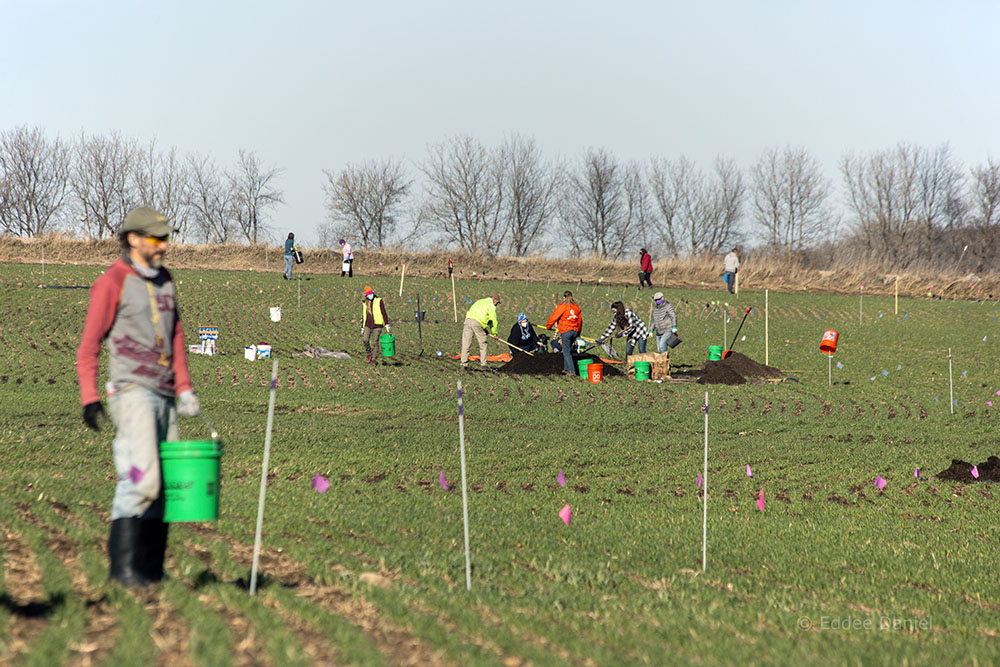
November’s volunteer seeders became a part of Buffalo Speaks’ history and part of its future. This prairie/savanna seeding was the result of ten years of planning and preparation. Twenty-nine volunteers were a part of the unfolding of an excellent historical, ecological, and aesthetic future.
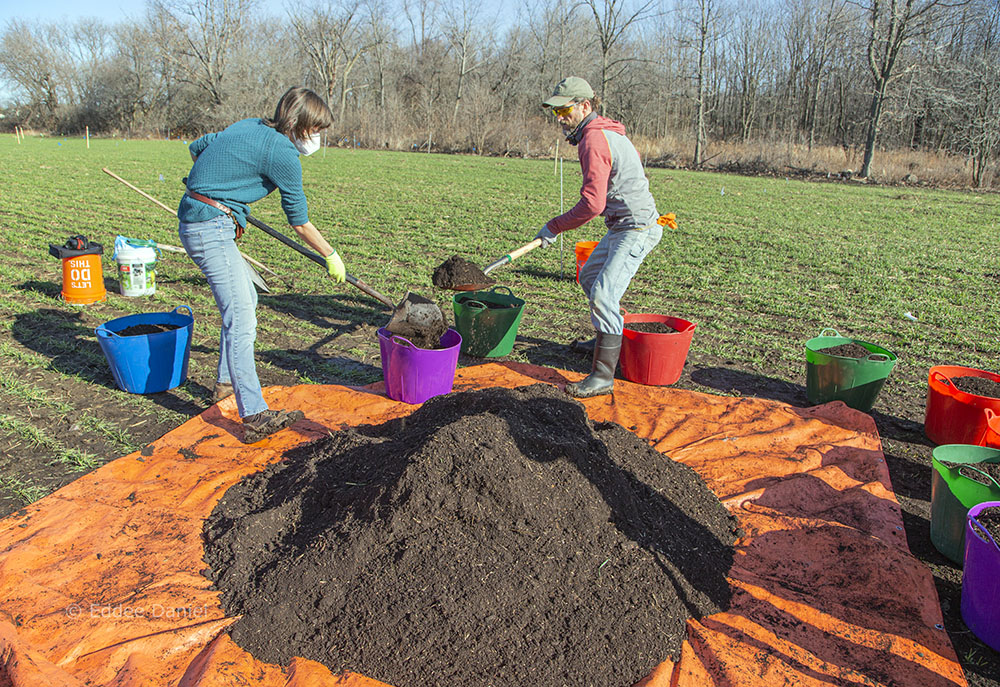
For at least ten reasons, this seeding just above Horicon Marsh was important. What was accomplished on this momentous day?
1. In seeding the former agricultural field, volunteers were preparing habitat for the iconic whooping crane, North America’s tallest bird, now slowly recovering from near extinction. The whooping crane is associated with wetlands, but it is also a savanna bird. The northern twenty acres of the Kolterman parcel area are in the process of being restored to a prairie-savanna-sedge meadow complex, an important habitat for whooping cranes, which eat insects and plant materials as well as water creatures. In spring 2020, the first recorded whooper chick was hatched at Horicon Marsh and grew to become a promising colt. There are only one hundred whooping cranes in our flyway.
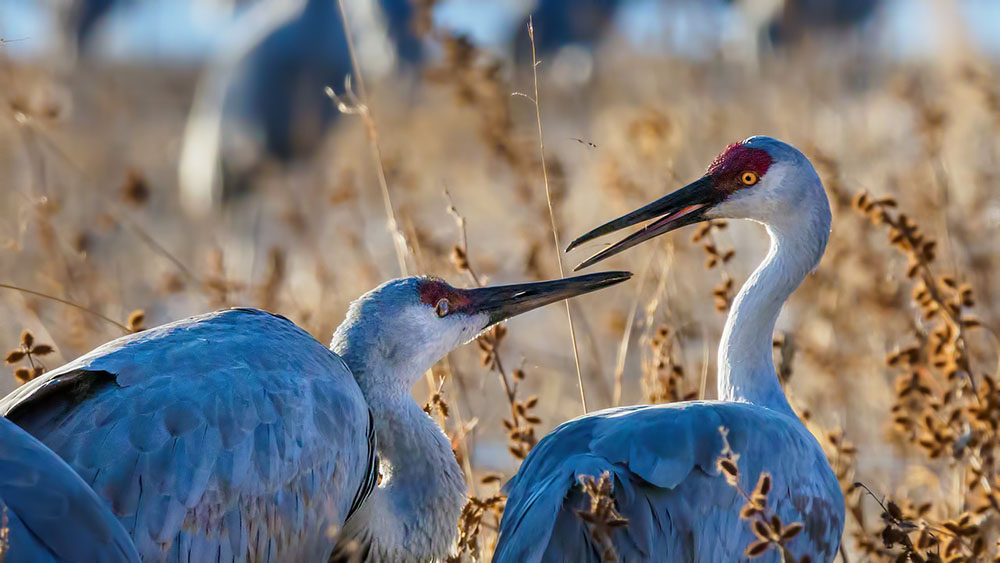
The seeding extends the habitat of the sandhill crane as well. Several hundred sandhill cranes are often seen from the Buffalo Speaks Reserve bunched in the morning and evening. A neighboring farmer anticipates that the congregation of sandhills may be five thousand late in the fall before their migration.

2. Butterflies, bees, and other pollinators also will benefit from this planting. This past summer Milwaukee Audubon Society (MAS) removed 550 linear feet of artificial drain tile from the field to restore original patterns of moisture to the soil, which will result in a more diverse plant community. We all know that insect populations, especially pollinators, have decreased. One important reason is that widespread agricultural field drainage has diminished plant diversity and therefore insect habitat. The restoration of insect habitat is crucial to bird life.
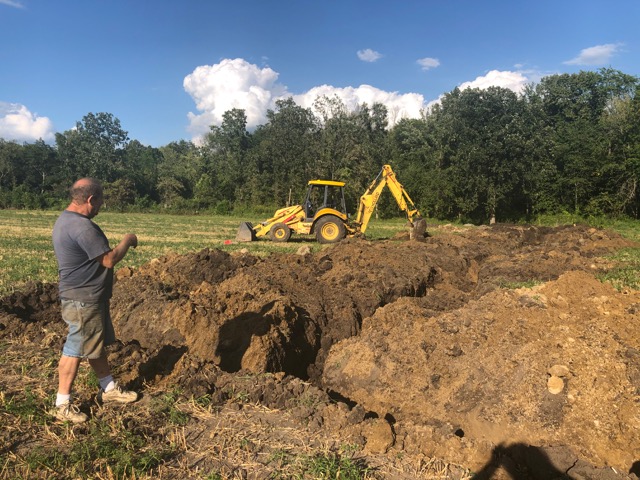

3. Threatened grassland birds will benefit from the prairie seeding. As birders know, North American grassland birds are in trouble. This habitat project will be readily colonized by nesting birds and will provide stopover habitat for migrants because of its proximity to the Horicon Basin. Bob-o-links are already common in adjacent fields and we are watching breeding dickcissels—an indication of habitat improvement. Increasing the diversity of insects, seeds, and cover will benefit untold species of grassland birds.
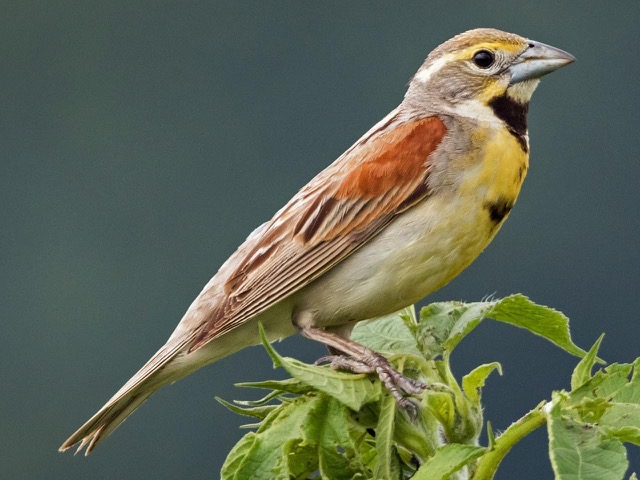
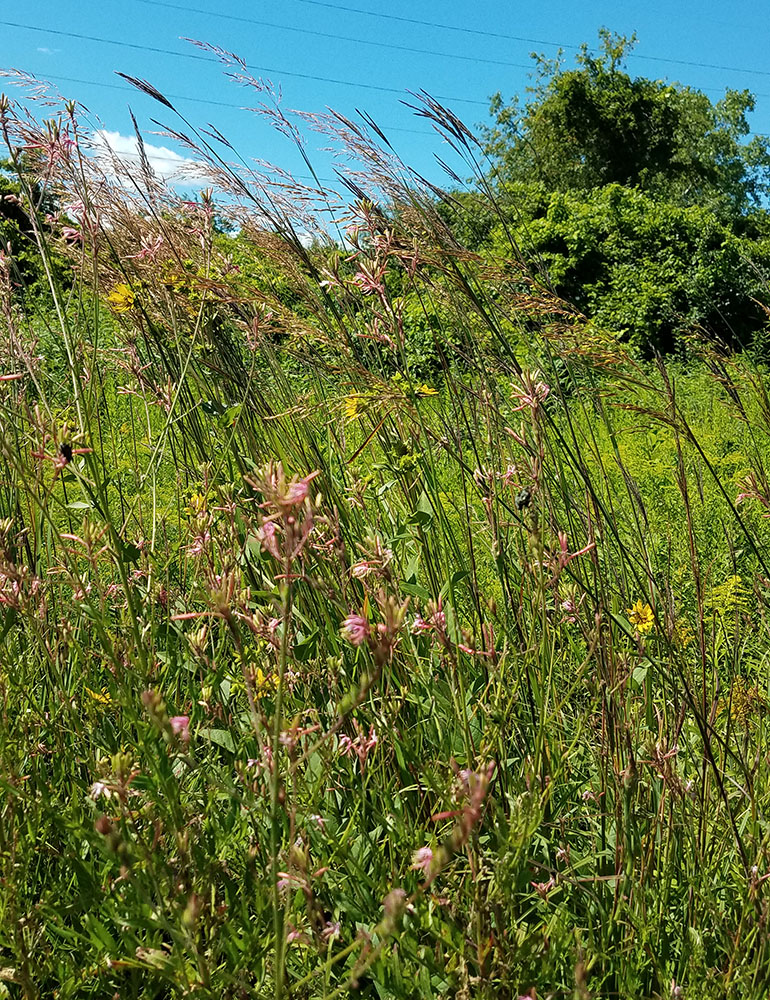
4. This field will be part of one of the most species-diverse sites in Southeastern Wisconsin. Botanist Randy Powers’ exceptionally rich seed mix results from more than fifty years of field experience and his accumulated knowledge of prairie establishment practices. On the seeding day we followed Randy’s directions in order to randomize species seed distribution over the 2.5 acres. It took Randy more than two days to lay out his planting pattern with about 600 flags—making the field look like it is decked out for a county fair.
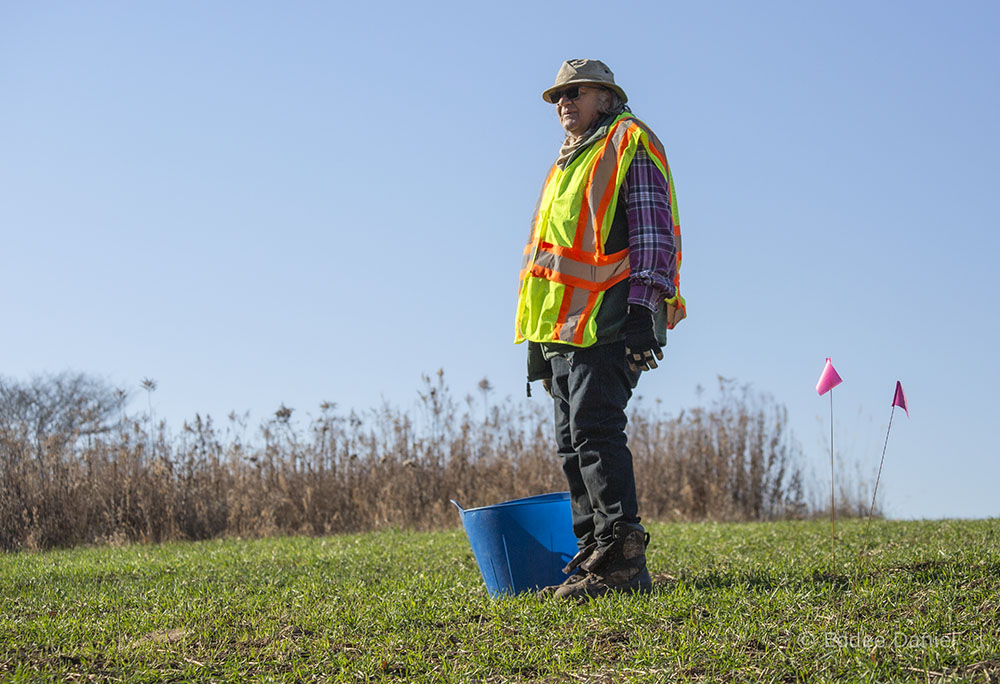
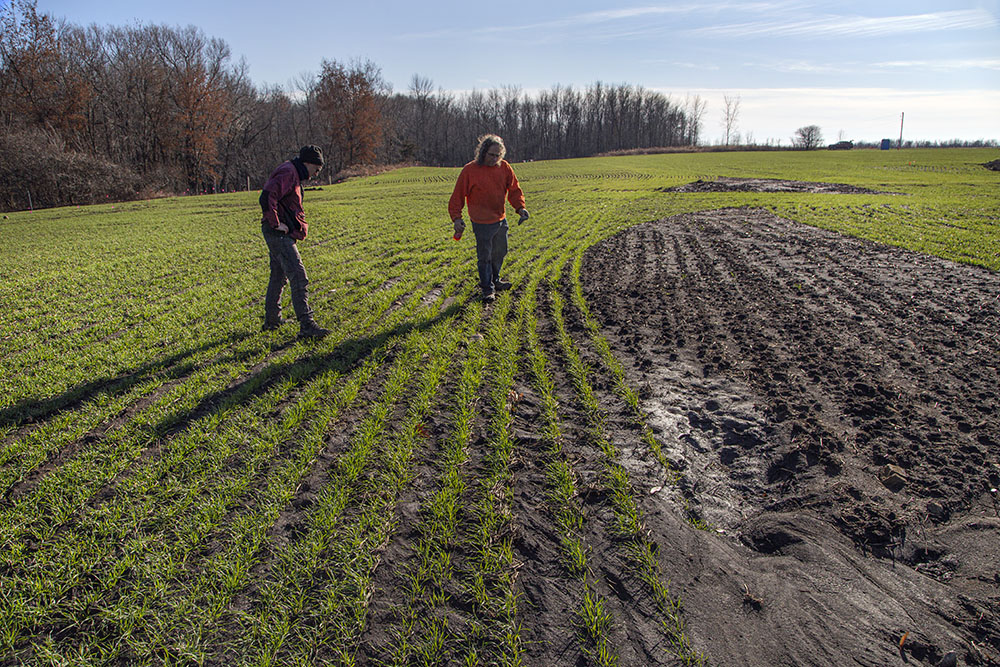
5. The November 21 seeding overlaps the adjacent savanna restoration area to connect and harmonize prairie and savanna. That savanna transition has resulted from the hard work of volunteer teams over the past six years. Thirty- to forty-year-old, naturally-seeded bur oaks on the savanna edge are already well spaced, so this is a site-enriching juxtaposition. Our winter forest thinning allowed solstice sundown rays to extend from the mound site a quarter mile into the spring 2020 savanna seeding. This area will expand, resulting in a full prairie-savanna transition and vista.

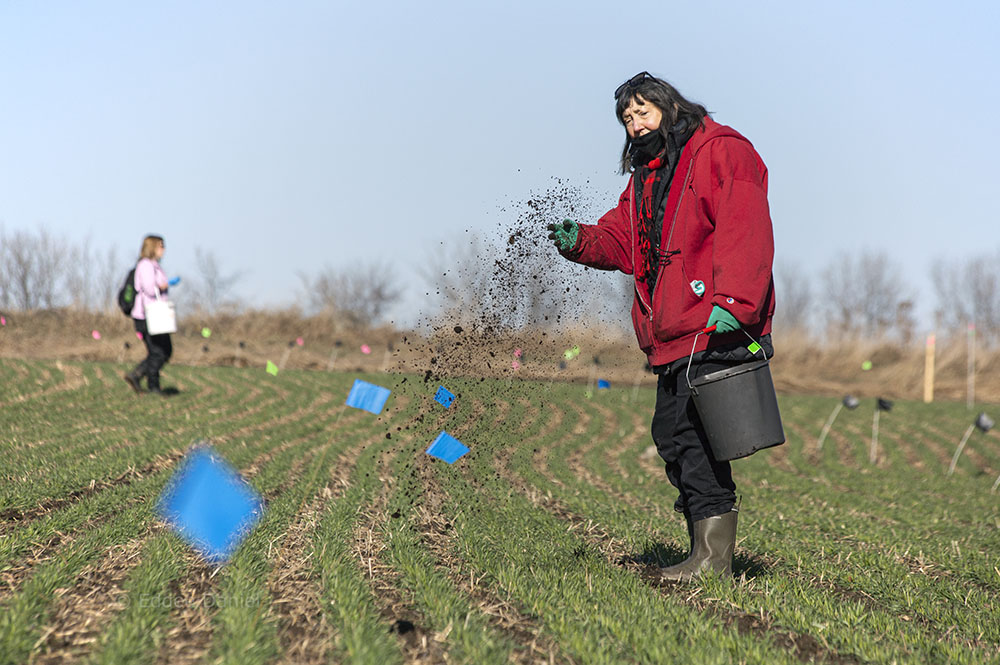
6. The work on this field’s prairie is integral with the adjacent Kolterman Indian Mound Group and Petroform site. American Indian petroform on the site includes an extremely rare 640-foot boulder alignment that intersects the soon-to-be-restored upper-field wetland. This relationship is only partly explained. Night star-scape photography has begun to show one of the relationships. In addition, we have located Dr. E. G. Bruder’s mound 11 at the south end of the field, which was already destroyed by the early 1950s. MAS is in discussion on how to monument that American Indian earth mound.
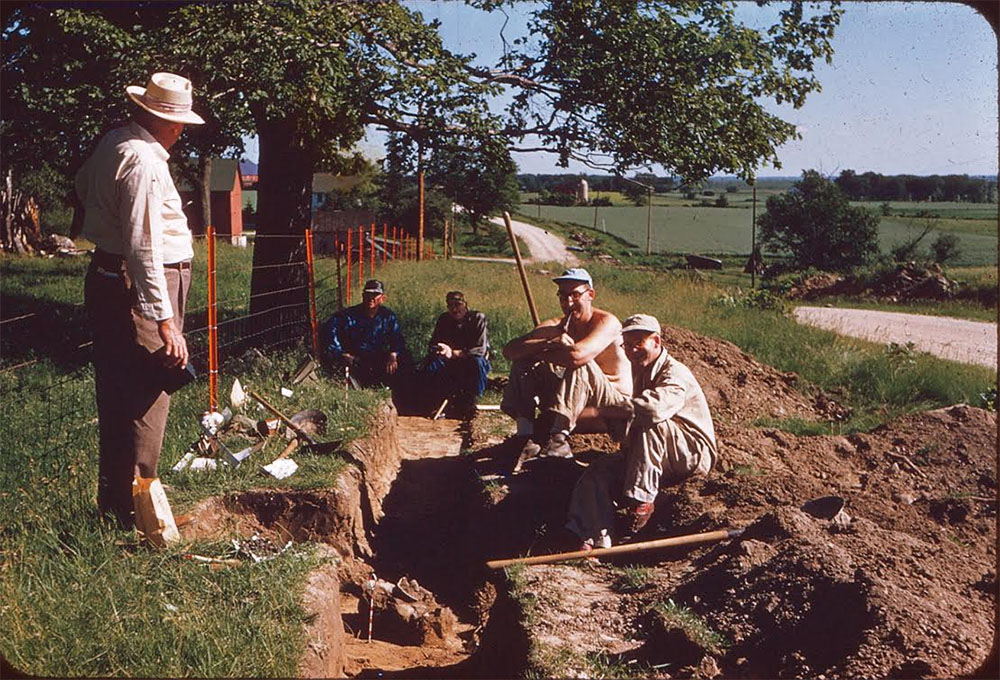
7. Prairie seeding of this field confirms MAS’s commitment to a hard-won and specially negotiated acquisition. Bob Kolterman was the last generation on his farm. His family name literally means plowman. The family’s mantra was that tilled farmland should continue to remain tilled farmland. Most of this nine-acre field was platted off to remain agricultural. However, such divisions often result in a building site that would have destroyed the mound site context. MAS argued that we needed this field bundled into our land purchase of the mound site for the benefit of Auduboners and the birds. Because Bob had named the farm the Southmound Bird Farm, our proposal resonated with him.


8. Since the soil terrace remediation and other topographic corrections, it feels good to be on the feminine slopes of the glacially shaped soil surface. The artificial, low-field, agricultural soil terrace and east field edge have been graded back to a topography more like that of a hundred years ago. The yet-green, young winter wheat sprouts on the field in November serve as a reminder of Wisconsin’s wheat and sheep era. Just south of the rock pile is where 54 inches of topsoil was recently excavated and piled upslope for construction of wetland terraces next summer. In the process of pulling back the topsoil, the farmer’s hundred-year-old field pick rock pile was exposed.
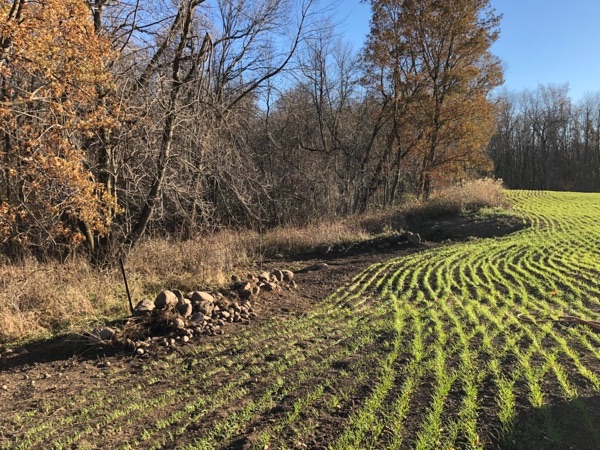

9. Our seeding honors the bequest of a woman who, after participating in a MAS field trip to Horicon Marsh, left us the funds used to purchase the Kolterman forty-seven-acre parcel. She would be delighted at the way site restoration has progressed. MAS now has an opportunity to expand the site by acquiring adjacent land. Ideally, we will find a way to expand the Buffalo Speaks Reserve and perhaps gain easement connectivity to the world-renowned Horicon National Wildlife Refuge, which can be seen to the west across the field’s edge. Milwaukee Audubon Society can facilitate a meaningful memorial or legacy through land acquisition.


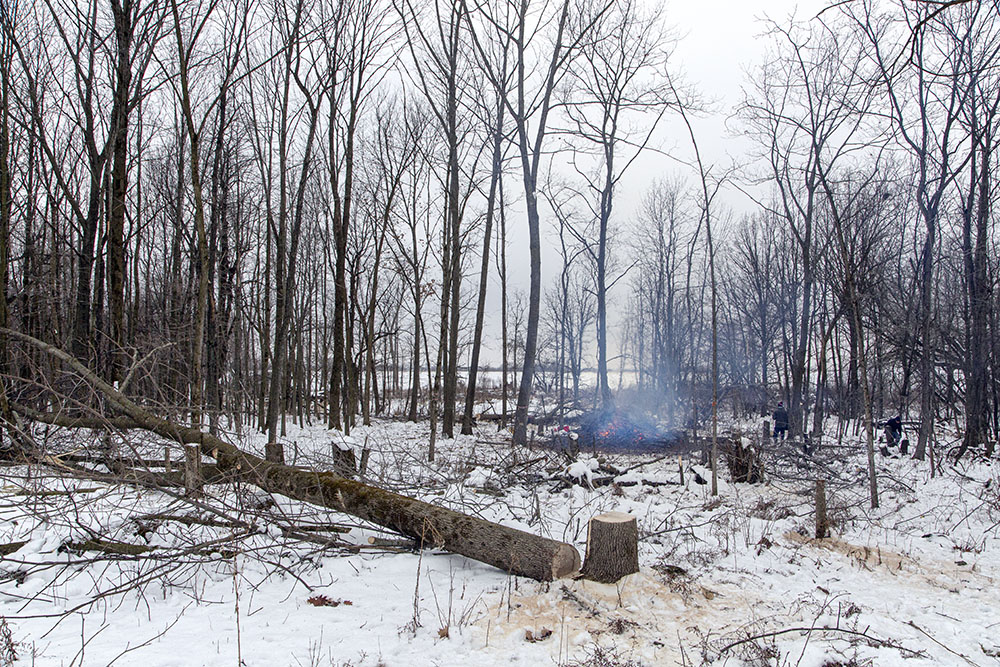
10. Now our prairie seeding is under a blanket of snow and protected by a winter wheat cover crop. When the wheat is ready to harvest, the farmer will set his combine to a height above that of the young prairie plants. In the meantime, stalwart volunteers will continue through the winter the work of removing invasive woody plants from the savanna—cutting, dragging brush, and burning. We will also be compiling a list of volunteer weeders for the spring and summer. And we continue to explore adding adjoining pieces of land to extend this prairie-savanna-sedge meadow complex with its important historical, ecological, and aesthetic past and future.

Not only were twenty-nine volunteers part of this seeding effort, but our seeding builds on work by members of the Mid-America Geographic Foundation, the Effigy Mounds Initiative, the Niagara Escarpment Resource Network, and Fond du Lac Audubon Society—all of whom have made meaningful contributions to this project in survey and field work. Registered Professional Archaeologist, Kurt Sampson, our cultural landscape advisor, completed the Phase 1 Archaeological Survey for this field under review of United States Fish and Wildlife Service Archaeologist, James Myster, of the Twin Cities. Field plans were discussed with Amy Rosebrough of the Wisconsin Historical Society’s State Archaeologist’s Office.
Related story: Cultural fire at Buffalo Speaks Reserve preserves American Indian tradition
Martha Bergland is the author, with Paul Hayes, of Studying Wisconsin: A Life of Increase Lapham (2014). Her book, The Birdman of Koshkonong, A Life of Wisconsin Naturalist Thure Kumlien will be published in April of 2021. Jim Uhrinak is a consulting arborist and land restorationist who writes and speaks on cultural landscapes of the Midwest. Both serve on the Milwaukee Audubon Society Conservation Committee.
Except as noted, all photographs are by Eddee Daniel, Project Director of A Wealth of Nature. The featured photo at the top is of Bob Bultman, Niagara Escarpment researcher, seeding a reconstructed knoll top.

